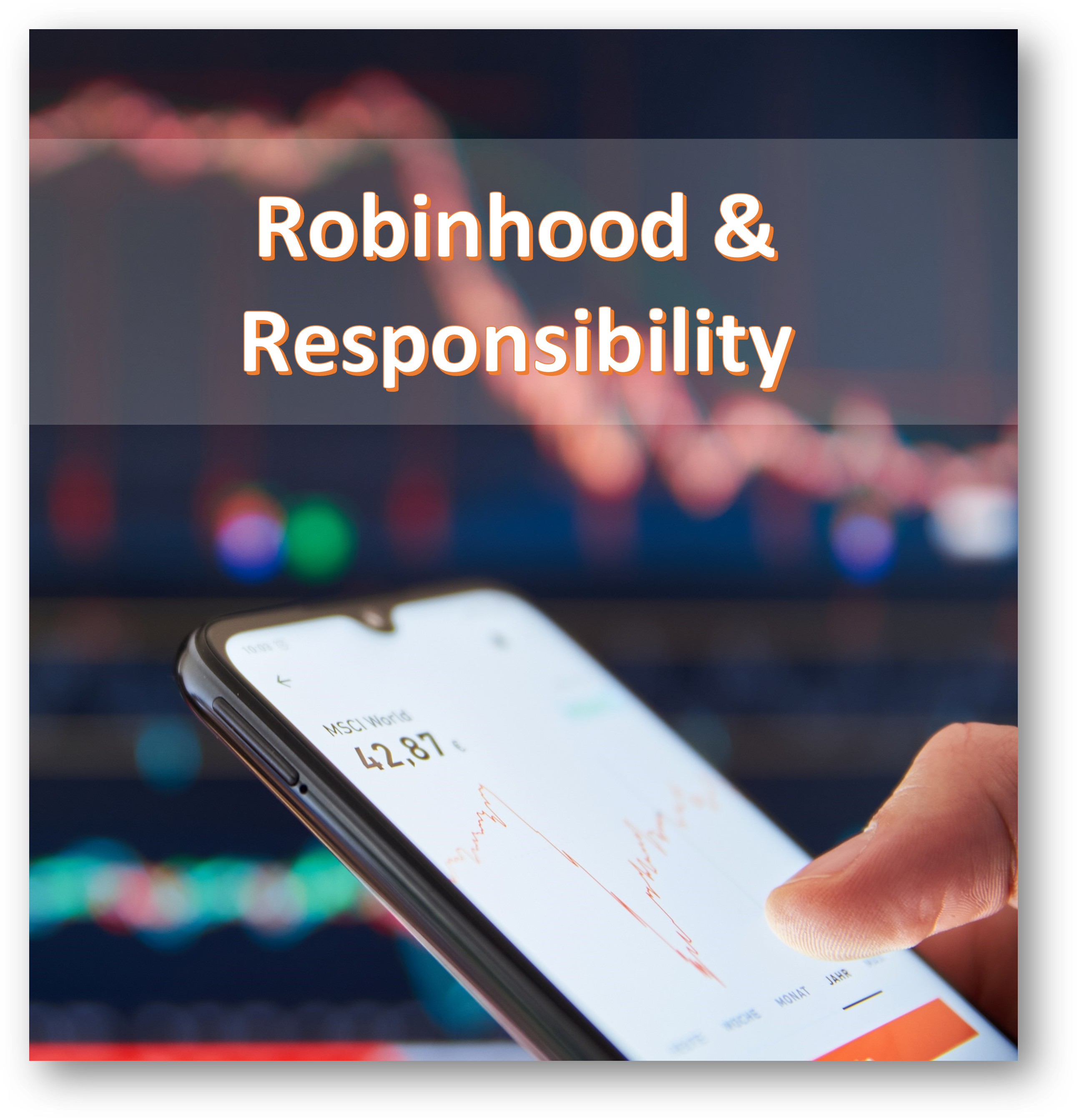
Introduction
On June 11, 2020, Alex Kearns checked his Robinhood account and saw a negative balance of $730,165. Thirteen hours later, he hopped on his bike, never to return home. He left behind a suicide note expressing his confusion and frustration:
“If you’re reading this then I am dead. […] How was a 20 year old with no income able to get assigned almost a million dollar’s worth of leverage? The puts I bought/sold should have cancelled out, too, but I also have no clue what I was doing now in hindsight. There was no intention to be assigned this much and take this much risk, and I only thought that I was risking the money that I actually owned. If you check the app, the margin investing option isn’t even ‘turned on’ for me. A painful lesson. F*** Robinhood.”
From his note, it appears that Alex believed that he had ruined himself financially. He thought he had lost more than $700,000, money that he did not have. As it turned out, he had not lost money. The balance that he saw when he logged into the Robinhood app was the result of a glitch in the user interface. The puts he’d sold did cancel out, but that wouldn’t be reflected in his balance until both sides of the transaction had cleared.
Alex’s situation increased the already growing scrutiny of the new, high-flying investment app Robinhood. His ability to engage in risky stock trading with no experience and inadequate education about how those transactions worked highlighted what critics see as a significant flaw—and potential danger—of the app. His suicide, seemingly triggered by his experience with the app, highlights an important question: what responsibility do technology companies have in understanding the potential negative impact their product design may have on their users?
Learning Objectives
In this case, we will explore whether, and to what extent, creators have a responsibility to consider the potential negative impacts their product design may have on their customers and end users. You will be asked to place yourself in the shoes of a young company looking to revolutionize an industry by making it highly attractive to a younger audience. The challenges, motivations and decisions explored here are representative of those that you will navigate in your role in the workplace, whether you are entry-level or a seasoned executive.
As you read through the case and watch the videos that follow, try to look at the information from each of the perspectives listed below, and identify where the interests of each group are the same and where they may diverge.
-
Company founders (leaders / senior executives)
-
Product design team (middle managers and entry-level)
-
Marketing team (middle managers and entry-level)
-
Customer / end user
----------------------------------------------------------------------
This multimedia eCase is a combination of both video and text. It can be customized to suit your course needs by using the included multiple choice questions or providing your own questions which we can add to the eCase for you.
To preview this eCase, please contact us via email at support@heliosdigital.com.
